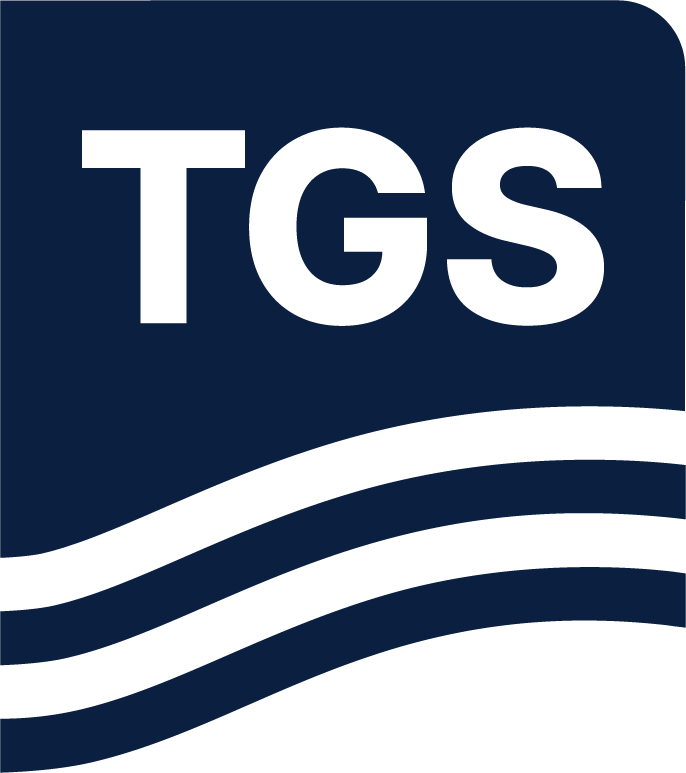Ultra-High Resolution Seismic data (UHRS) are used for exploration activities like wind farm characterization and development. Ghost reflections from the sea surface contaminate primaries and, therefore, should be attenuated in the early stage of processing. Due to the high variability of the sea state, the ghost attenuation of high-resolution data can be quite challenging. We present the use of a deep learning network to simultaneously attenuate both source and receiver side ghosts. This network is trained with the ground truth data obtained from an inversion-based deghosting. We show how an autocorrelation can be imbedded in the loss function to help it cope with any residual ghost energy remaining in the training data, if
needed. Using a field data example, we demonstrate that the performance of the trained network on unseen data is robust, and the trained network can be used for both fast track and full integrity processing. Moreover, deghosting of seismic data using a deep learning network can significantly reduce both computation and turn-around times.
Technical Library

